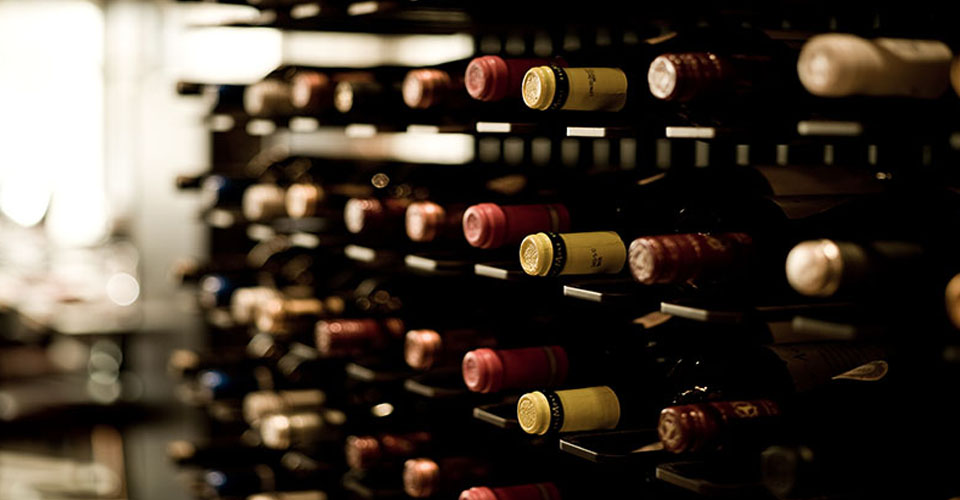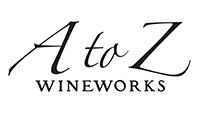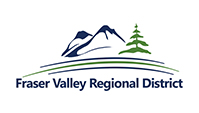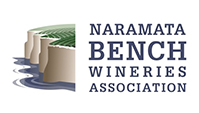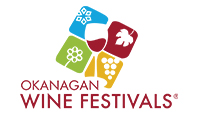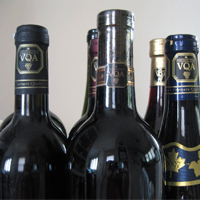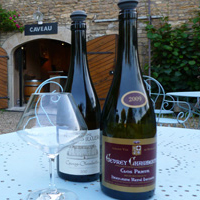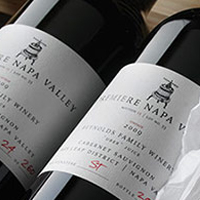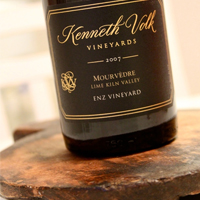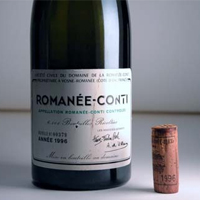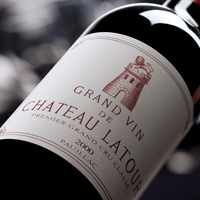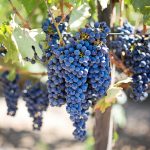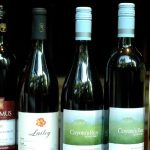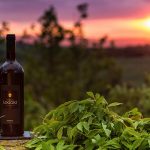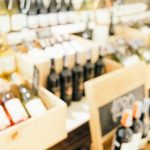Ontario is one of the most multicultural provinces in the east-central Canada, also famous for its world-class, quality assured wines. Ontario produces wines from a variety of grapes including Vinifera, which is considered to be the world’s highest-quality grapes. Find some Amazing Qualities Of Canadian Wines.
Vintners Quality Association or VQA, Ontario’s Wine Authority is responsible for maintaining the integrity of local wine appellations and carrying out the winemaking in the area and also it’s labeling standards.
The Wines In Ontario
The wines in Ontario, specifically in the Niagara wine County are deliciously unique and the representatives of the area’s vinicultural offerings. The huge number of wineries in Ontario grow many different grapes and different styles of fine wines. The differentiating factor of wines in this region comes from the types of grapes used, its terroir, the vines, the crush, the fermentation, and its aging.
Process Of Winemaking
Winemaking is a fine art that takes years of experience and training to master. The steps used in making wine can be summed up as:
1. Picking Grapes
The harvesting system in the county of Niagara typically starts from September (December end or January for Icewines). The picking of grape varietals starts from white, then goes on to red afterwards. the grapes are picked and transported to crushing pads in lugs and bins. The harvesting is done manually with hands or shears, or mechanical harvesters. It is said that handpicked grapes result in better quality of wines, although the manual labor increases. In warmer regions, the grapes are picked at night when it is cooler. The stems and leaves are removed later on in the process. Ontario produces around 40 varieties of grapes including the famous Vinifera varietals such as Riesling, Chardonnay , Merlot, Cabernet and Pinot Noir.
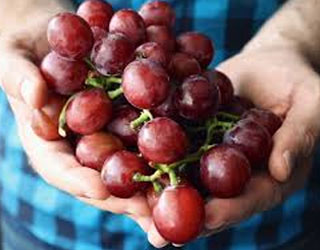
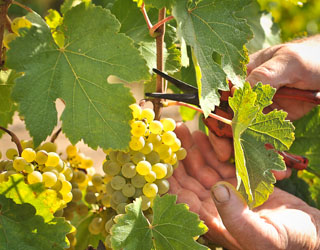
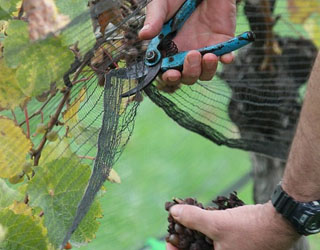
2. Crushing the Grapes
A destemmer is used to remove the stems of the grapes while they are lightly crushed. The grapes for the white wines are transferred into a press after crushing, then pressed into juice while the skin and seeds are left behind. This juice is transferred into a large tank for settling down any sediments, then it is filtered. The grapes for the red wine are destemmed and pressed into juice in a similar fashion, the point of difference being leaving the skin on the grapes as it is in case of red wines. This skin gives its color to the red wine.
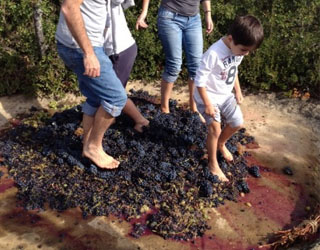
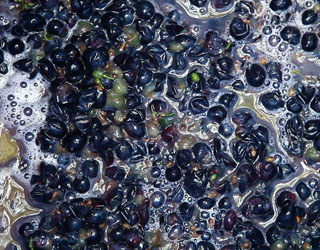
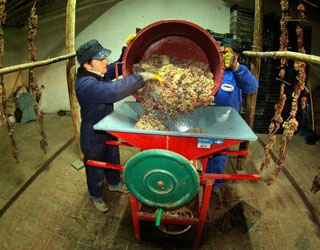
3. Fermentation
This is where the sugar is transformed into alcohol. There are plenty of techniques used for this purpose, depending on the kind of wine that is to be made. Yeast works for both white and red wines. Red wines do need the carbon dioxide to be released within the vats to separate the skins from the grapes.
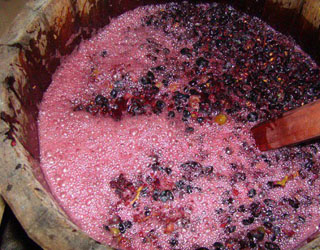
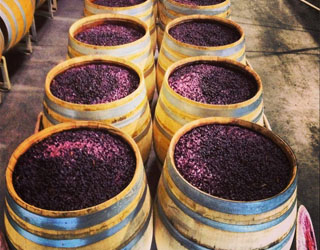
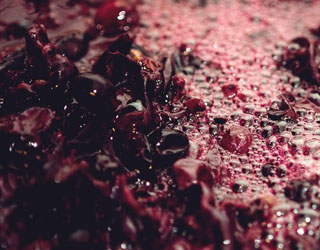
4. Aging
Aging enhances the taste of wine, ranging from months to years and also different techniques. Winemakers often use stainless steels or oak barrels for storage, for aging process. Some white wines require only a few months of aging while most red wines require a gap of 18-24 months for aging in the least.
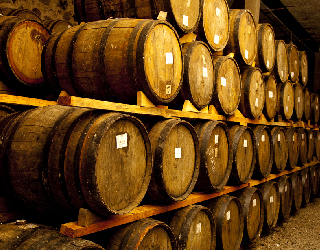
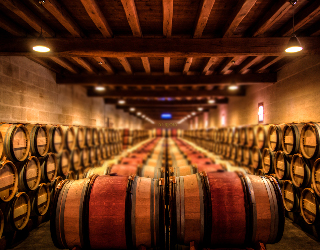
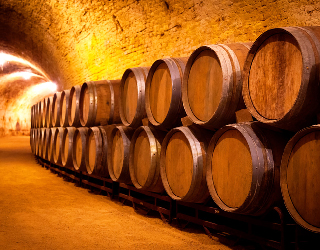
5. Bottling
Once the winemaking process is complete and the wine tastes adequately good according to the winemaker and have reached to the full potential, it is time to bottle it up for consumption and make it ready to serve.
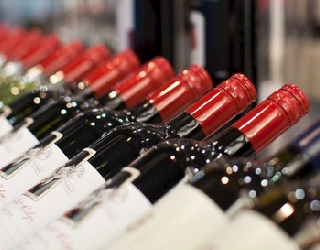
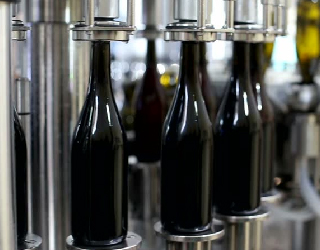
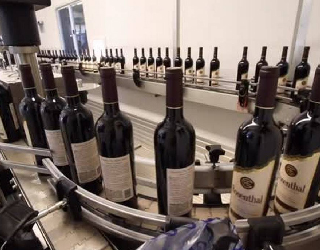
Varieties Of Wine Offered
Ontario’s appellations offers a wide variety of wines ranging from whites, reds, bubbly, sweet Ice wines to dry sparkling wines. Ontario has a great diversity of wines and food from all over the world.
Ontario’s Wines Statistics
Every bottle of Ontario VQA wine sold in the province generates $12.29 in added value to the Ontario economy. The total value-add of the Ontario VQA wine industry is approximately $215 million. Sales of VQA wines for the year ended March 2014 amounted to $395 million.

